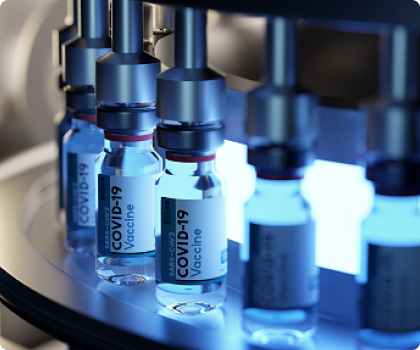Health systems globally face growing challenges from an ageing population, rising multimorbidity and increasing spending. To better understand and address these challenges, policymakers and researchers have sought to define and measure factors that contribute to high-performing and resilient health systems. Traditionally, these assessments have looked at factors like the health of the population, how efficiently services are delivered and how fairly resources are distributed—essentially, what different health systems are trying to achieve, and the inputs and processes they use to get there.
However, the rapidly evolving landscape of innovation is introducing a new dimension to these systems, one that isn’t yet fully reflected in existing frameworks or comparisons. In response, organisations such as the WHO, OECD, FREOPP have begun to acknowledge the role of innovation and have started integrating it into their performance assessment frameworks. However, these efforts often treat innovation as removed from the systems themselves, highlighting the need for a more integrated approach to health system assessment and comparison.

Part of the challenge in measuring and integrating innovation stems from its nature: innovation is a transformative force that changes health outcomes and how they can be achieved. Innovation includes groundbreaking biomedical and technological research that leads to novel therapeutics, enhanced diagnostics, surgical precision and patient monitoring. Innovation is also driving transformative changes in care delivery, such as the digitization of the patient record, the integration of telehealth, the use of machine learning algorithms for prediction and diagnostics, and the use of generative artificial intelligence (AI). It also extends to service delivery, where the experimentation and evaluation of policies have improved our understanding of how to promote value in healthcare, streamline administrative processes and scale the adoption of promising solutions.

So, where should we begin? First, we can draw parallels with how other complex performance areas—such as quality, equity and efficiency—have been successfully integrated into performance frameworks, measured and compared. Rather than being measured as a singular metric, equity is often measured as the distribution of outcomes by different population groups of interest. Efficiency is often measured by the inefficiencies or waste within the system, as well as the value derived from health system investment. Similarly, quality is measured through multiple metrics: safety, effectiveness, patient-centeredness and timeliness. These are assessed by identifying the underlying structures, processes and outcomes. By focusing on the environmental factors that can foster innovation—the how of innovation rather than just its presence, and the impact of innovation on performance itself—we can begin to develop suitable measures for comparing health systems.
Research studies on innovation in health systems can help comparative frameworks effectively evolve moving forward. Indices like the FREOPP World Index of Healthcare Innovation compare factors such as healthcare patents, research and development spending, and new drugs approved. Although this is a good starting point, it is important to acknowledge that not all innovation yields equal benefit. For example, although the US is a leader in drug adoption (in terms of speed and volume), it is known to adopt drugs with limited value at a higher cost.
Moreover, new treatments impact resource allocation, potentially displacing investment from other essential areas of care. Research analysing drug adoption within the National Health Service (NHS) has shown that this had a negative impact on population health. To fully evaluate innovation, we need more research that considers both the gains and the opportunity costs of adoption. Given how complex this is to assess, developing a comparative measure of innovation across health systems remains a challenging, but vital, undertaking.

The variation in utilization and uptake of innovation in service delivery is also striking. Effective digitalization relies on interoperability, data security and accessibility. Similarly, the success of telemedicine varies based on where and how it is implemented, funded and utilised. This has implications for health spending, outcomes and value for money, which are essential to consider when assessing how “innovative” a system is.
In recent years, we have seen the widespread rollout and adoption of generative AI. In healthcare, the applications of this technology are countless and have the potential to transform the entire system, including the workforce, administration, funding, patient engagement, diagnostics and treatment. Systems will differ in how they implement and regulate these technologies. So, in order to measure this type of innovation, we need to better understand how and where it is being used through scaled-up research efforts.
The evolving landscape of healthcare demands a new lens for assessing progress. It’s not only about what is implemented, it’s about what works. Ultimately, if we want to compare innovation across countries, we will also need to innovate performance measurement and comparison itself. Evaluating how we evaluate health system innovation, it turns out, is a challenge in itself. The next frontier isn’t just comparing what innovation exists, but how countries are deploying it to improve the health and well-being of populations.









 English (US) ·
English (US) ·